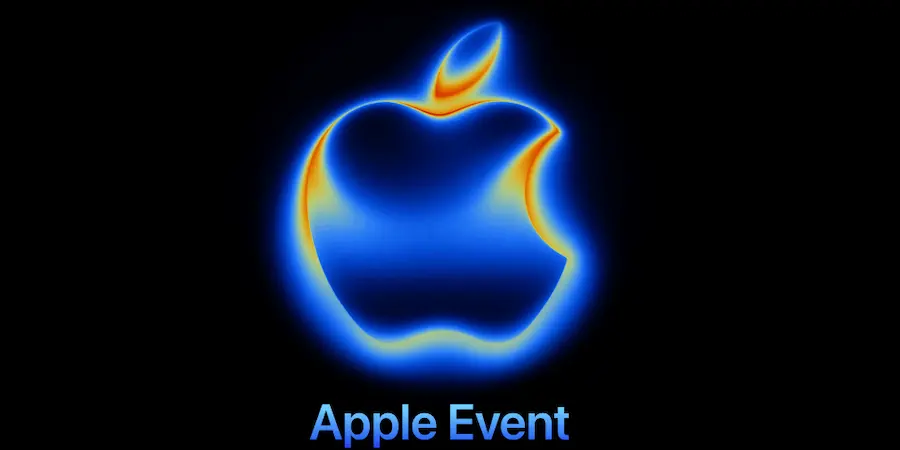Apple has summoned the press for September 9 at Apple Park, its headquarters in Cupertino, in an event that looks set to be the company’s biggest headline of the year. Without saying it outright —because we already know Cupertino operates in stealth mode— everything points to seeing the iPhone 17 family alongside new Apple Watch, in a showcase where innovation and artificial intelligence will again take center stage. The invitation includes the slogan “Awe dropping”, making clear they are aiming for the wow effect. Will an ultra-thin design be enough to make you change phones at a time when many only upgrade out of necessity?
Date and what we expect from the event
The date is September 9, a timeframe Apple has observed with almost surgical precision since 2012 to present its new iPhones. Although the company is not previewing specifications, the pattern of previous years and the weight of its flagship product suggest the debut of the iPhone 17, likely with a standard model and Pro variants, plus space for new Apple Watch models. The promotional teaser on the invitation implies a high-impact announcement, something the brand tends to reserve for its September keynote, the most important showcase on Apple’s calendar.
Beyond hardware news, Wall Street will read the event as a gauge of whether the company keeps its innovative pulse in the midst of the race for AI. After July results that pleased investors thanks to the iPhone’s momentum, expectations focus on whether Apple will set the pace again or, instead, stick to iterative updates. In a market where budgets are more tightly watched, convincing with a perceived real improvement will be key to trigger upgrades.

A thinner iPhone and changes in the lineup
According to Bloomberg, Apple is preparing an especially thin iPhone, something like the company’s “MacBook Air” among phones: a sleeker design that would emphasize lightness and thinness. The downside of that approach, again according to the cited report, could be some compromise in battery life or camera performance compared with thicker models that have more internal space. In a saturated segment, a significant redesign could be the jolt the market needs to excite users again, especially when many already only replace their device out of necessity.
The iPhone’s appearance has remained relatively continuous in recent years while other manufacturers have shifted toward foldable formats. Apple, by contrast, has tried to diversify by size, but with mixed results: the iPhone mini was discontinued after two generations and the iPhone 16 Plus is said to have accounted for between 5% and 10% of shipments through July 2024, according to analyst Ming-Chi Kuo, who even predicts the Plus will be discontinued in 2025. In that context, the move to an ultrathin model sounds like a way to reposition the lineup with a more emotional and immediately visible argument.
Alongside that variant, a classic alignment is expected: a standard iPhone 17 —which typically receives a new processor and small jumps in camera and battery— and Pro versions with more advanced sensors, larger displays, somewhat more power and titanium chassis. It’s the formula Apple has been applying to separate users who want the latest and those who prioritize balance and price, a strategy that, if refined, can help organize the offer if pieces like the Plus are ultimately moved.
AI, Siri and the backdrop of tariffs
The other big narrative is artificial intelligence. Apple delayed a significant Siri update that aimed to bring it closer to solutions like OpenAI’s ChatGPT or Google Gemini, so the keynote will serve to show how its AI plans fit into the iPhone ecosystem. Last year the company presented the iPhone 16 as “built for Apple Intelligence,” an idea that will likely continue in 2025, with AI permeating everything from the system to services. The bar is high and the tech audience expects concreteness, not just promises.
At the same time, the company is navigating a complex commercial environment. CEO Tim Cook warned of around $1.1 billion in costs related to tariffs during the September quarter, a nontrivial bill. To mitigate risks, Apple moved production of most iPhones bound for the U.S. to India, reducing dependence on China; and although India will double most tariffs to 50%, smartphones are among the exceptions. In addition, President Donald Trump has hinted that Apple might not be subject to the 100% tariffs on semiconductors, thanks to its commitment to manufacture in the U.S. The company, in fact, announced this month a $600 billion investment to expand operations in the country, including a domestic supply chain for its chips.
All in all, the September 9 presentation is not just a product launch; it’s a staging where design, lineup strategy, AI ambitions and geopolitical moves converge. If Apple manages to square that circle, it could turn the new iPhone 17 —and especially the ultrathin model— into the gadget that defines the season, much like when you swap a hard drive for an NVMe SSD and everything, literally, runs faster.

